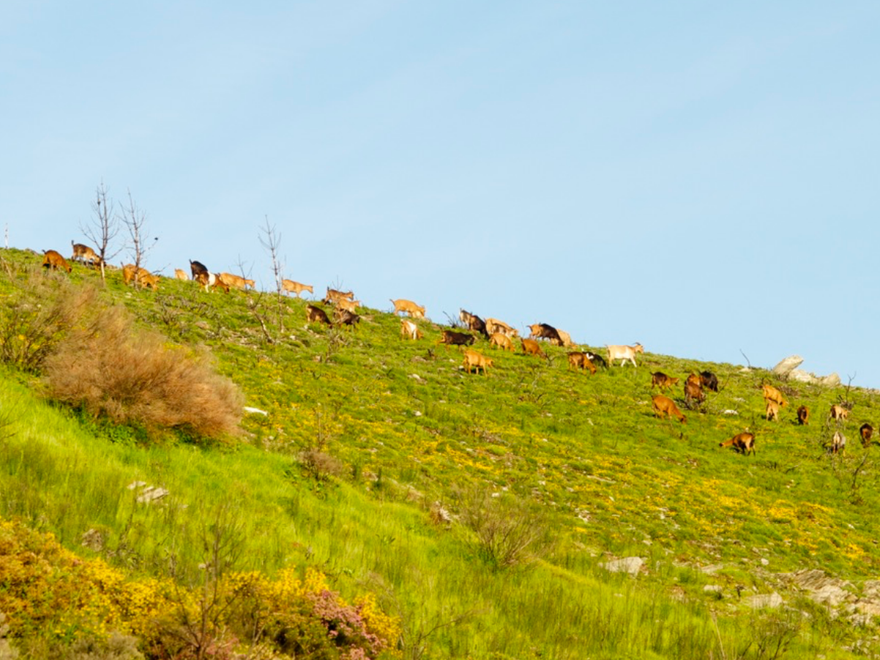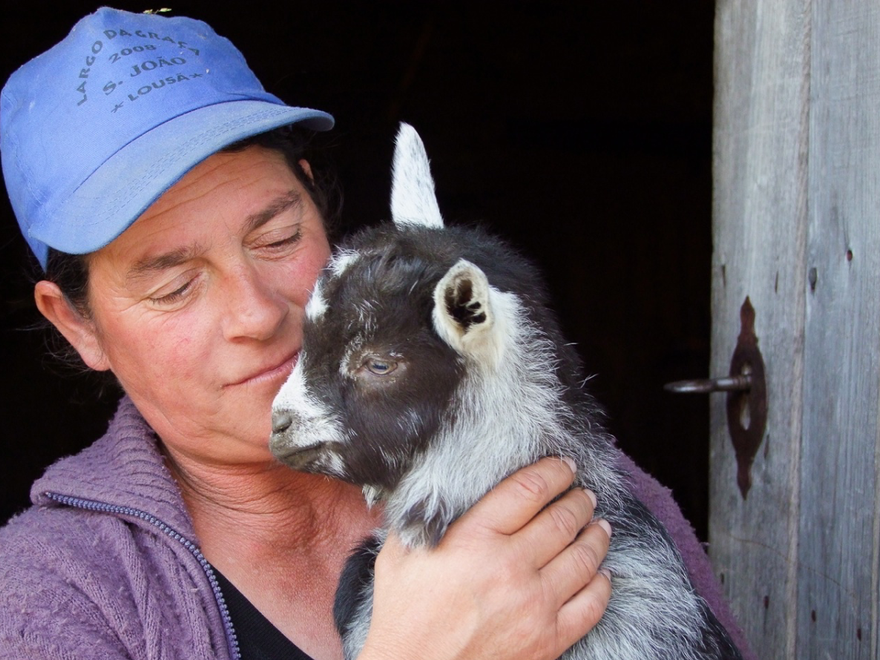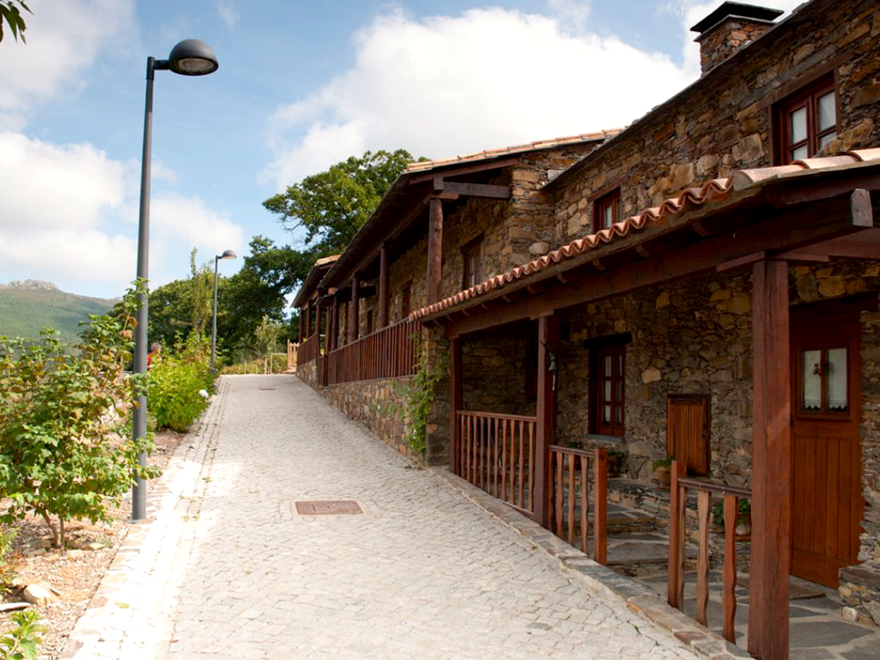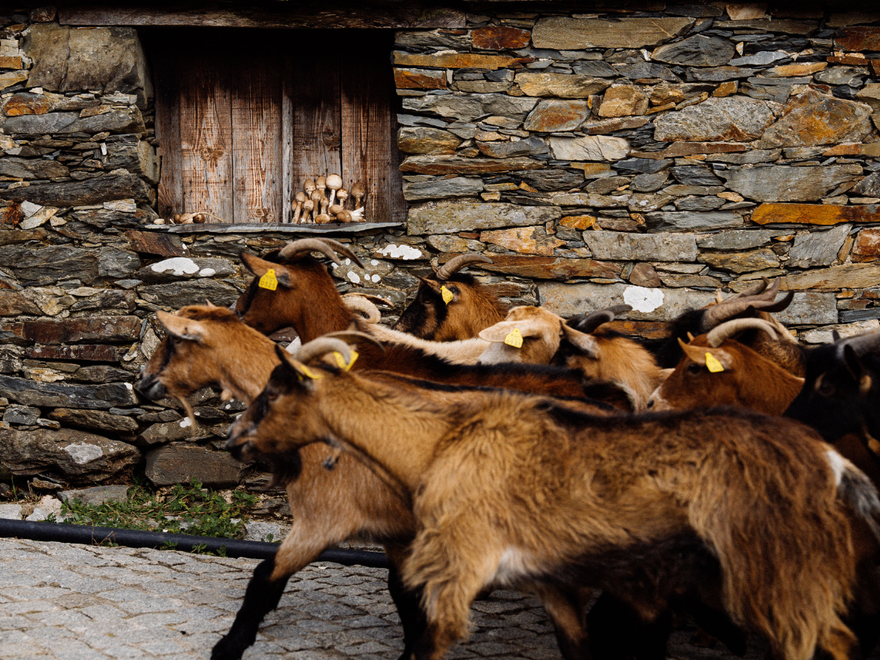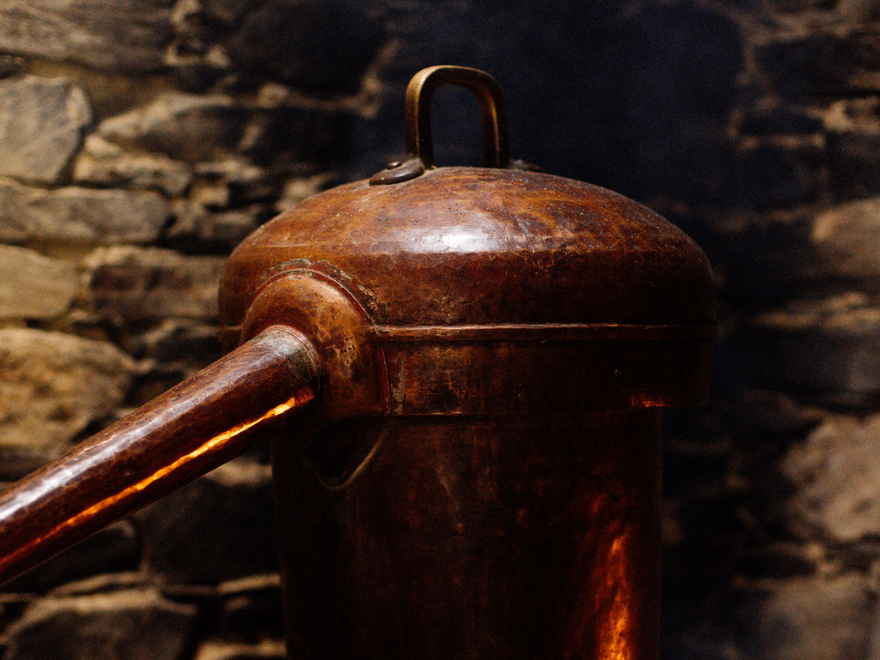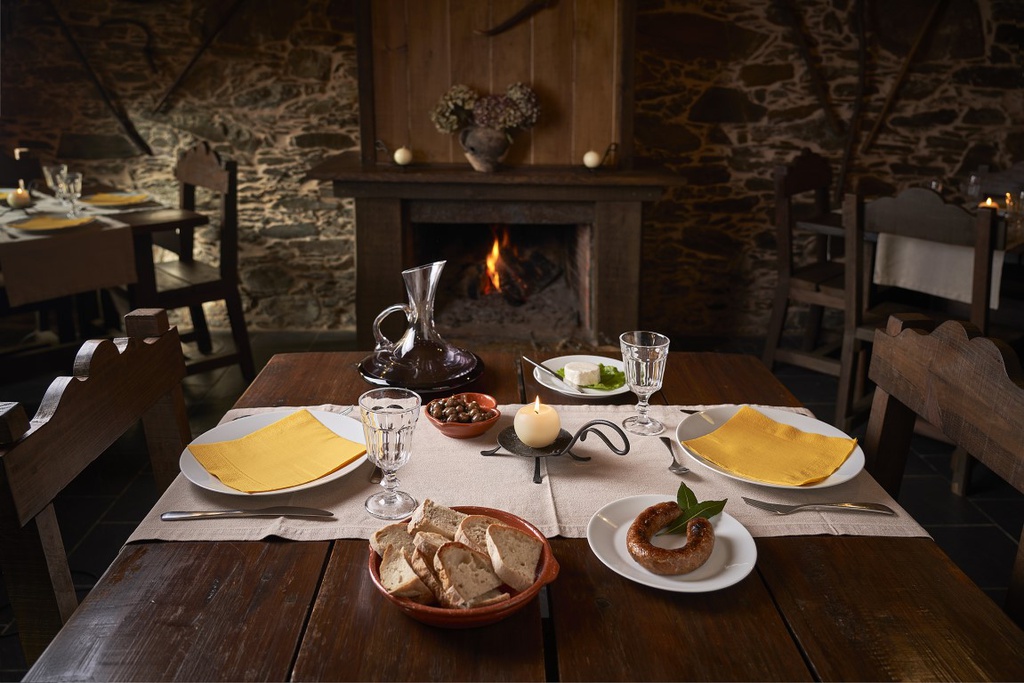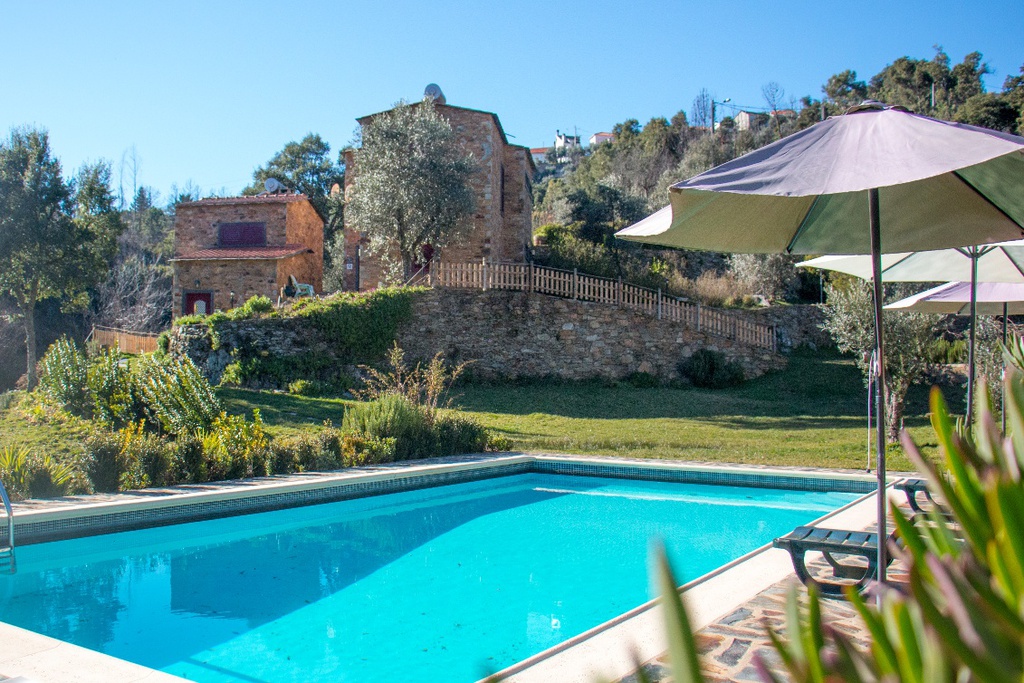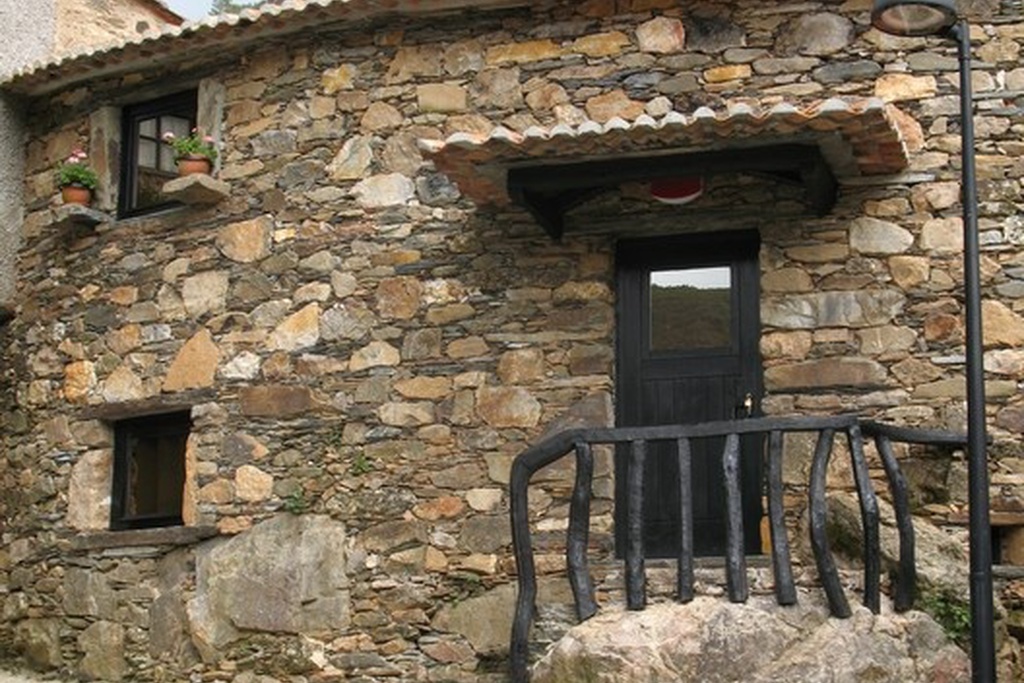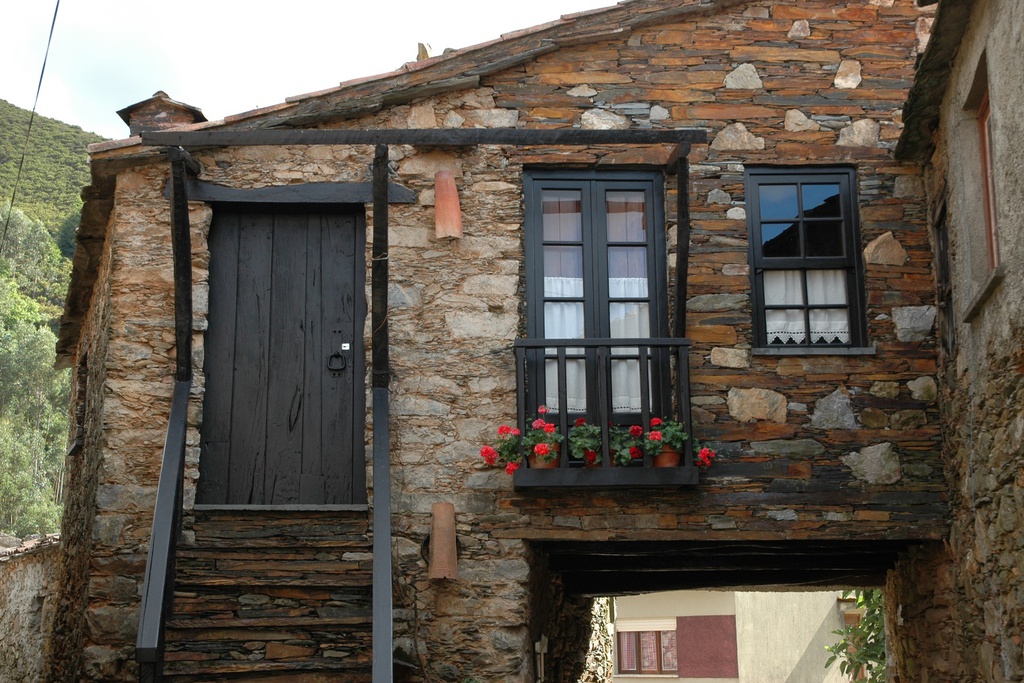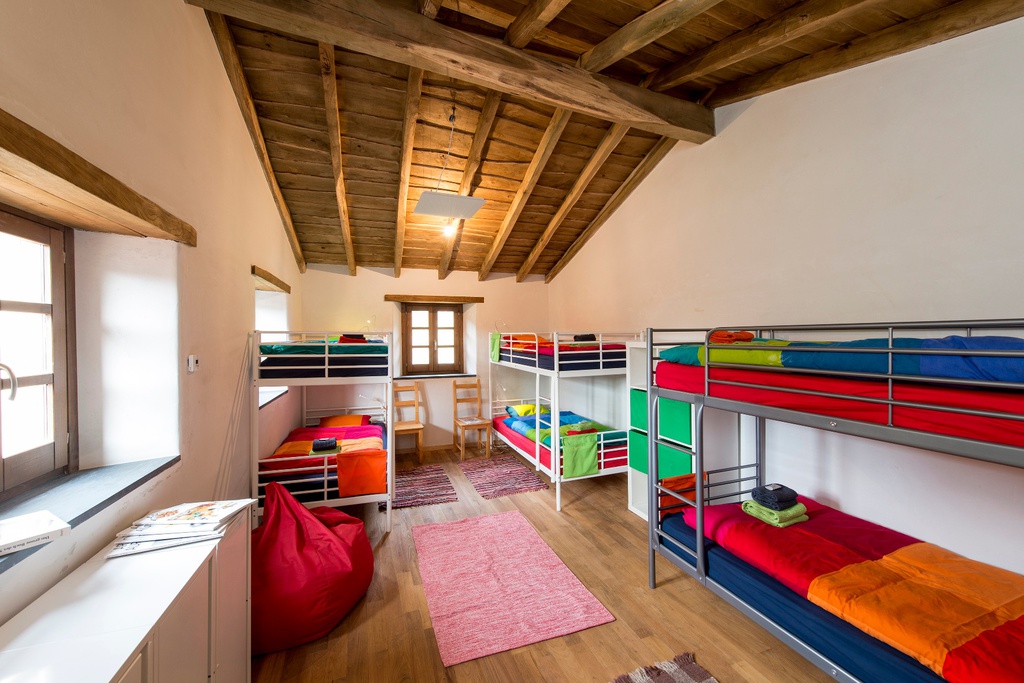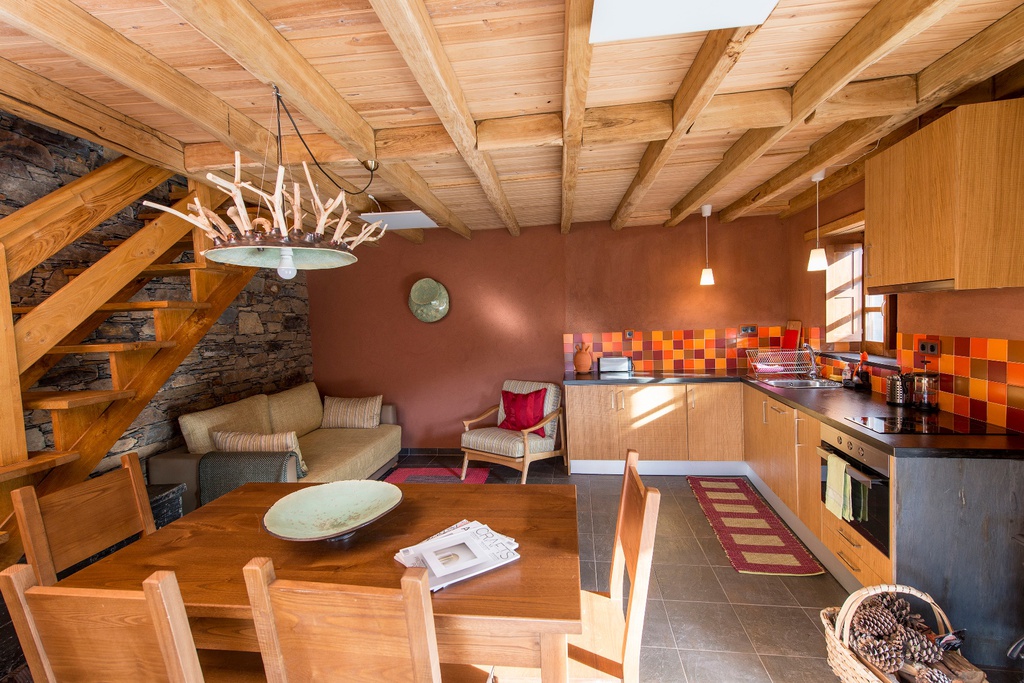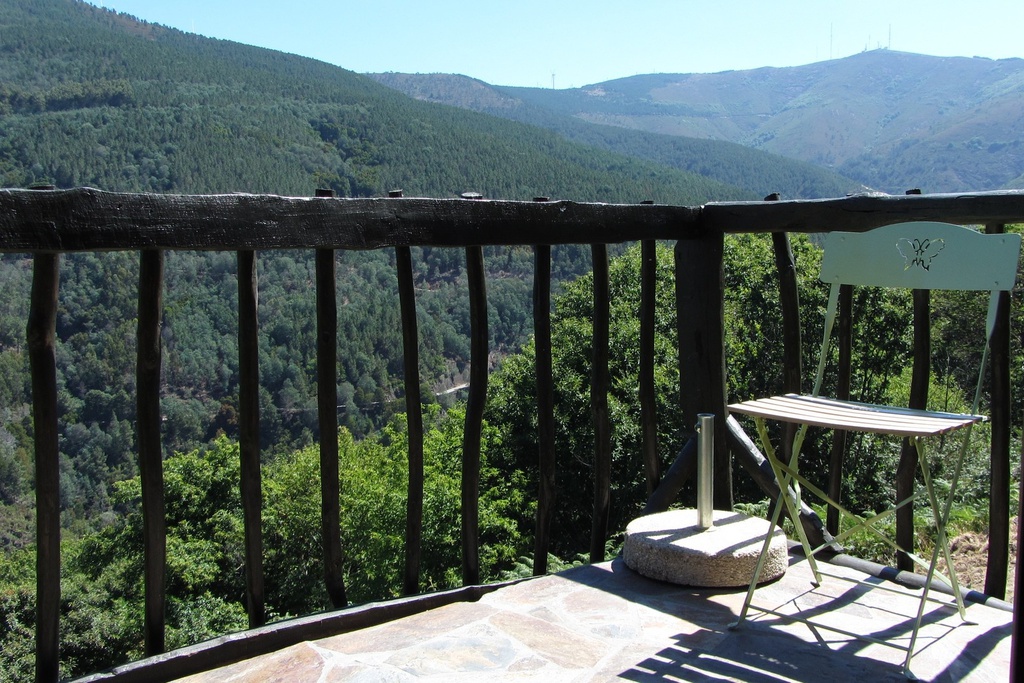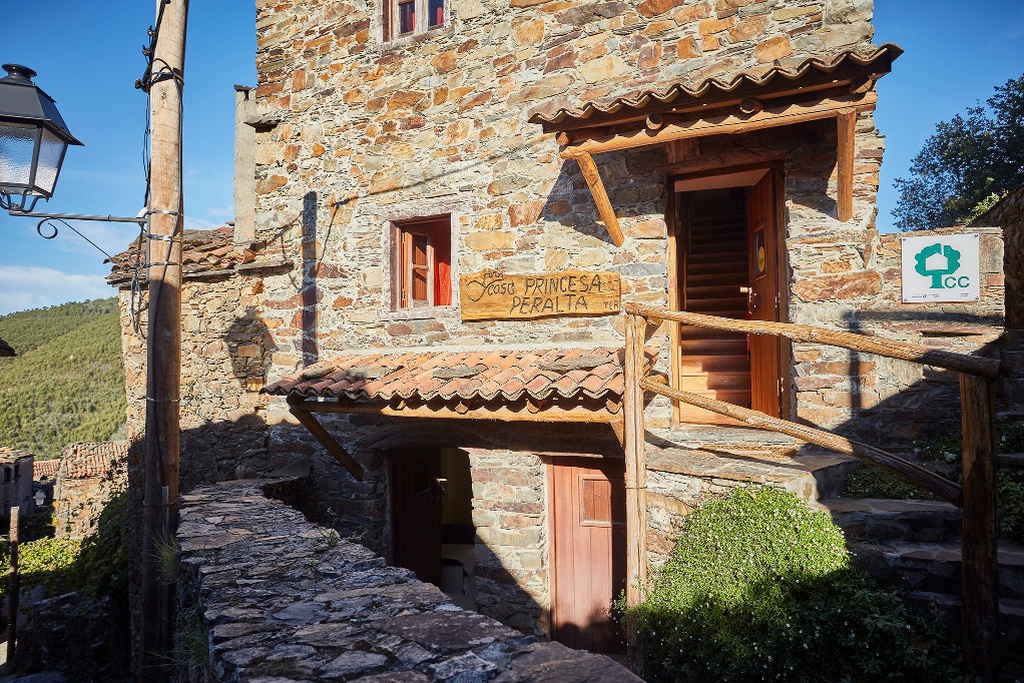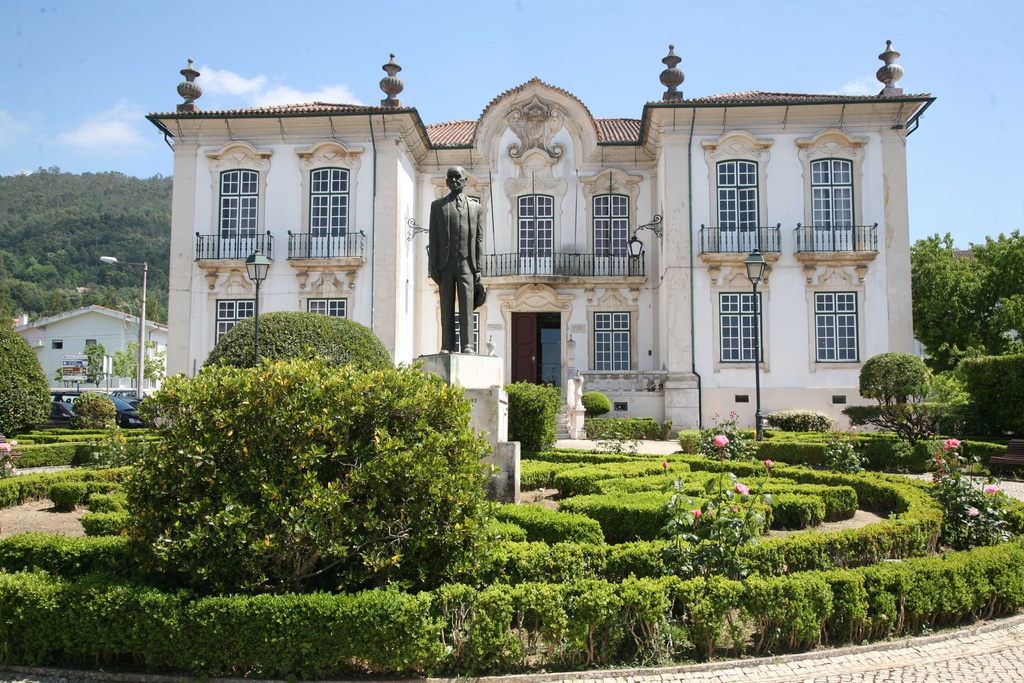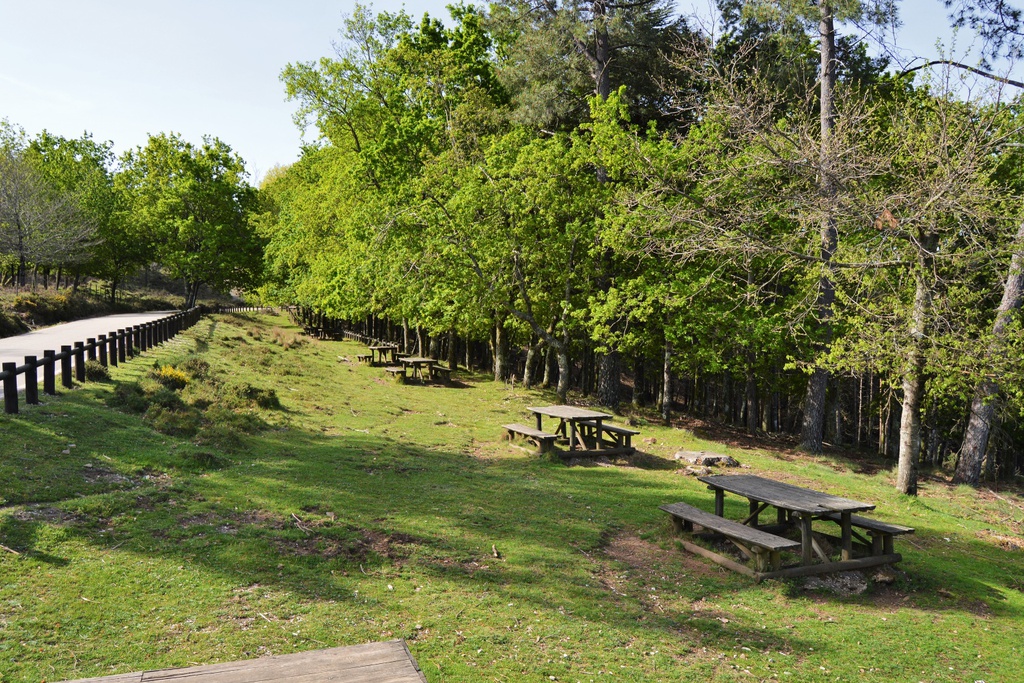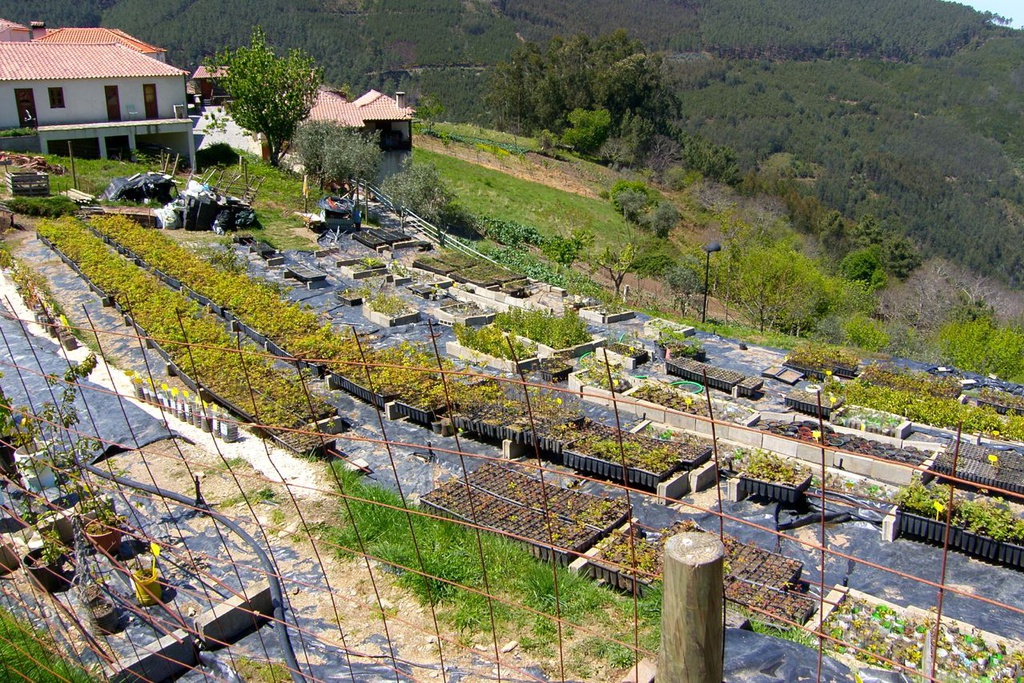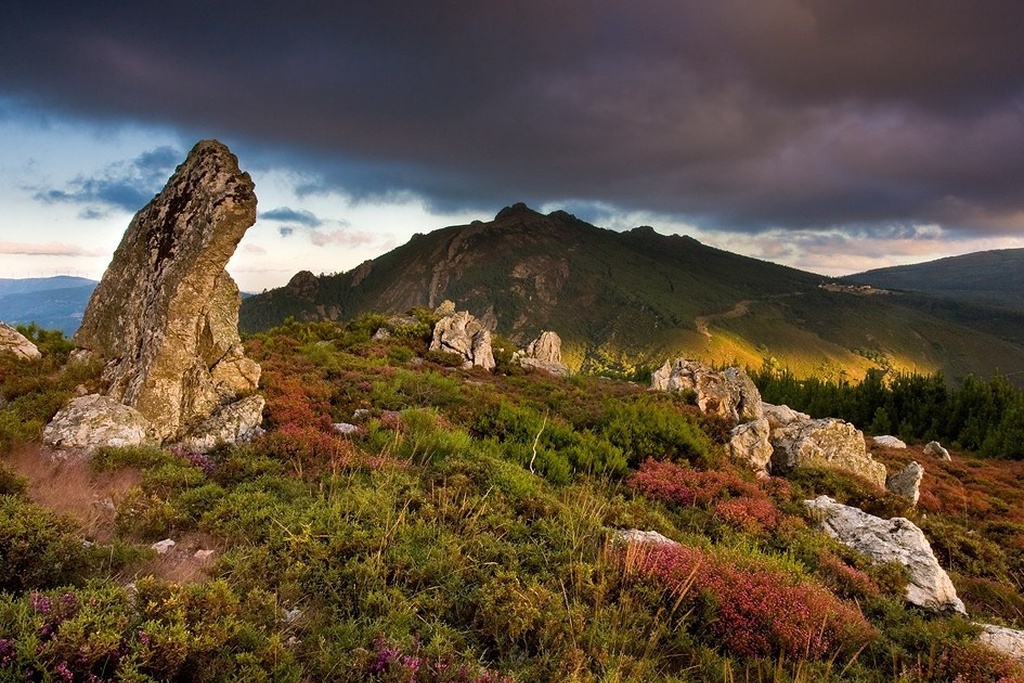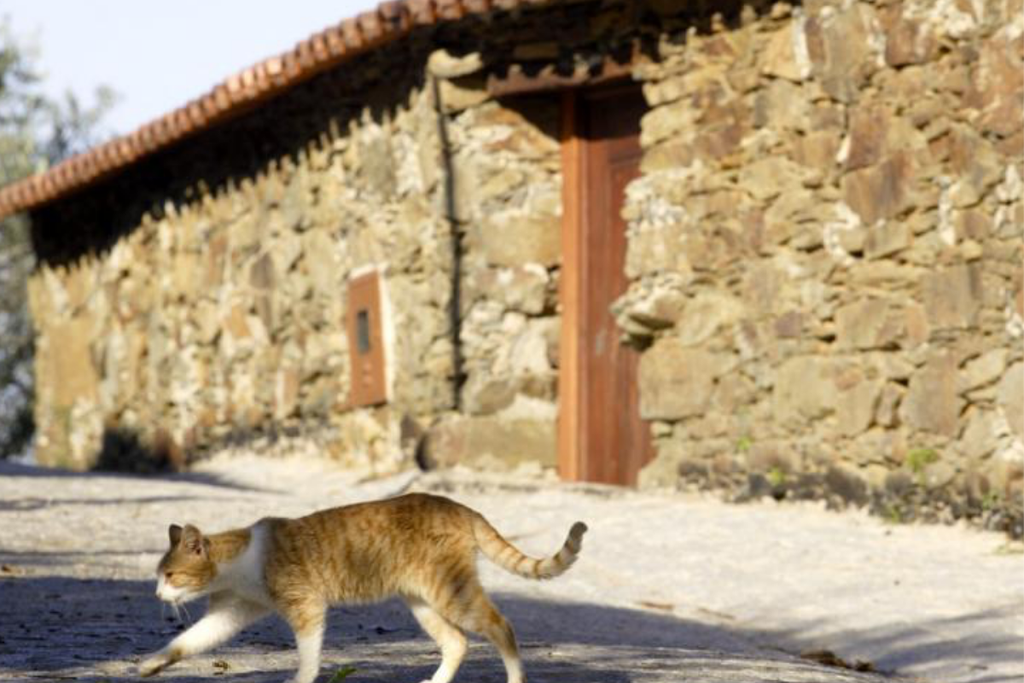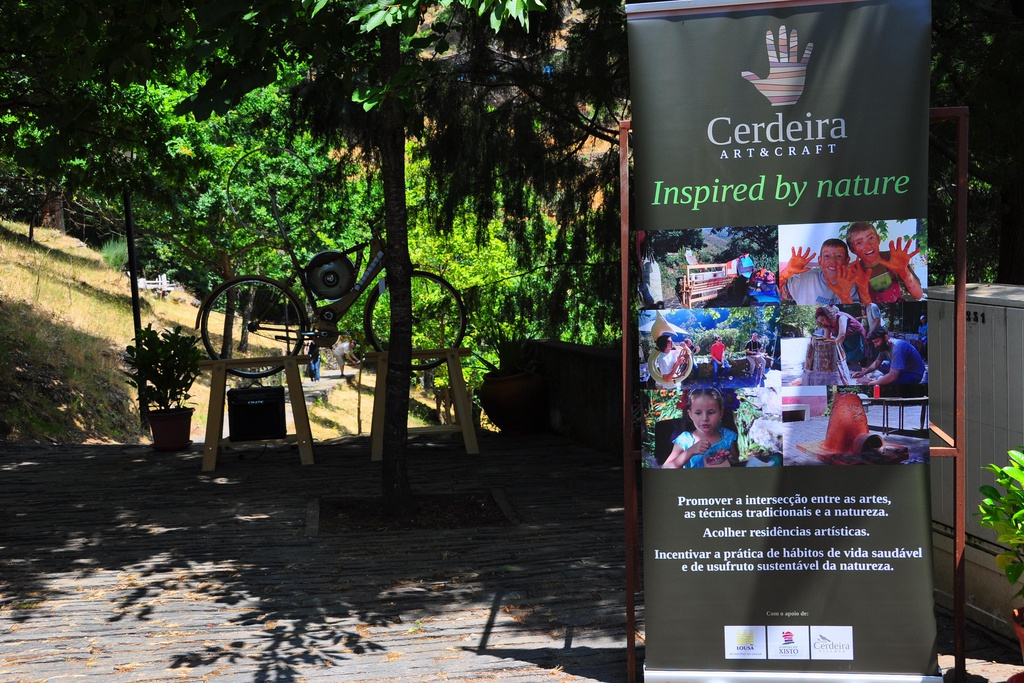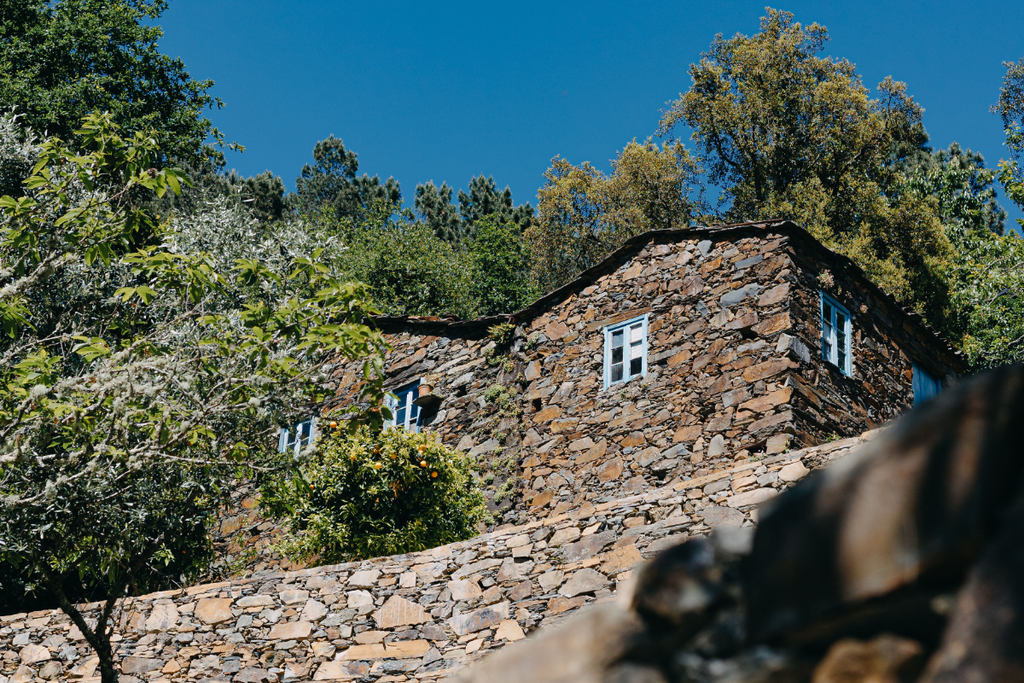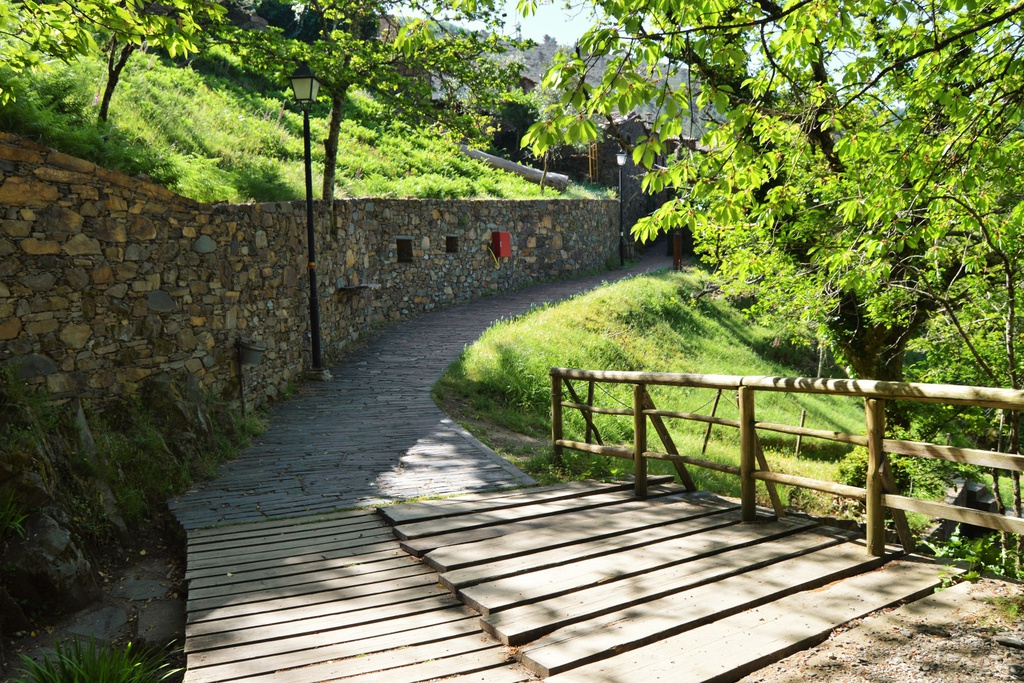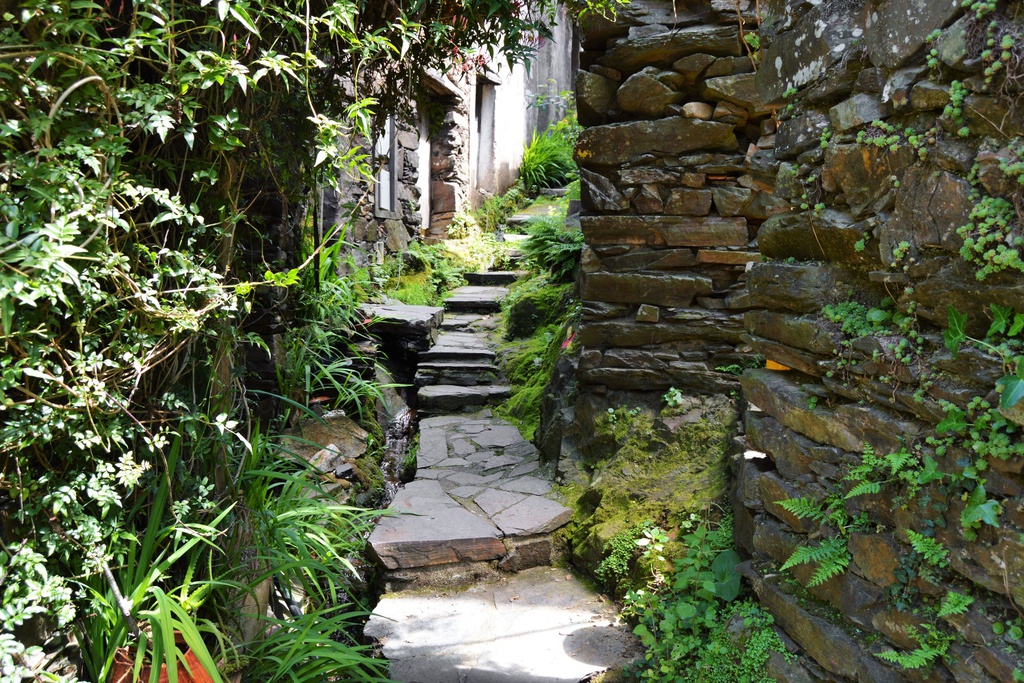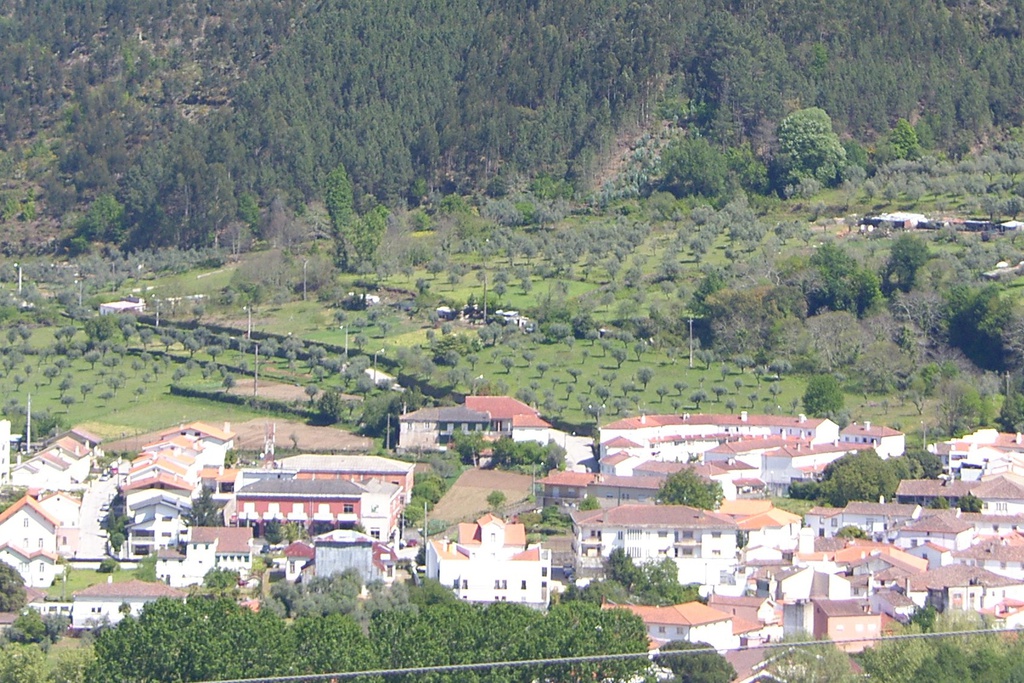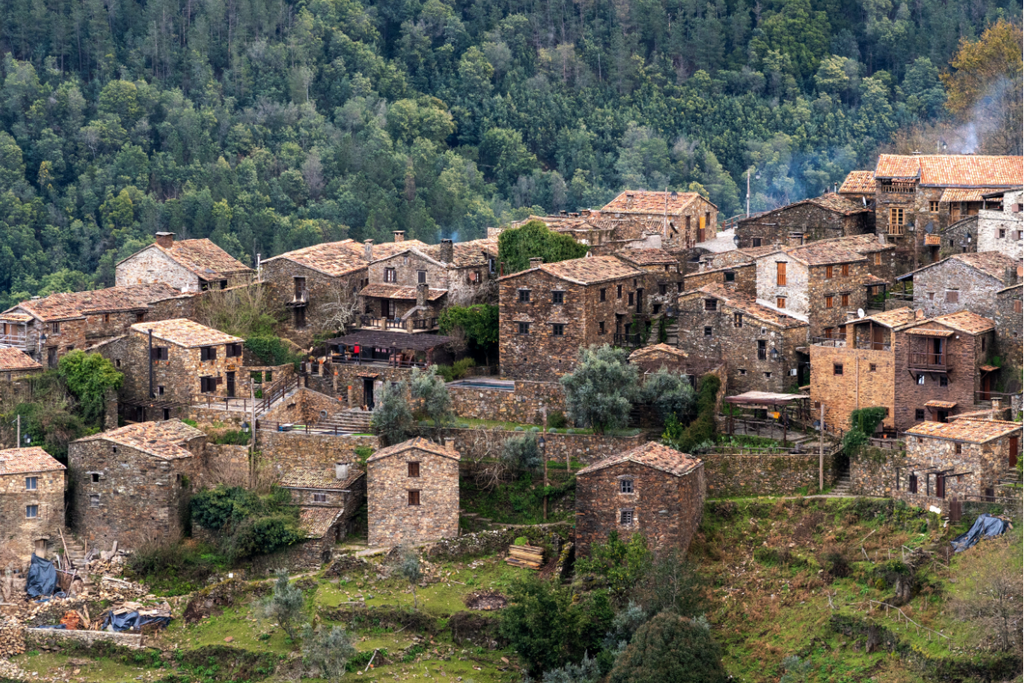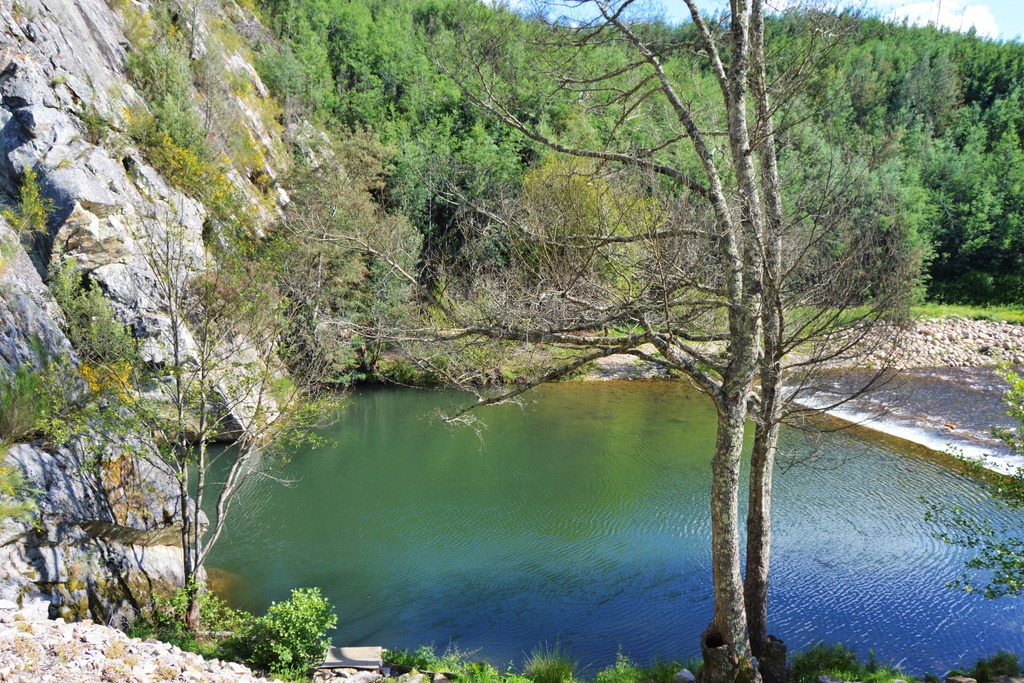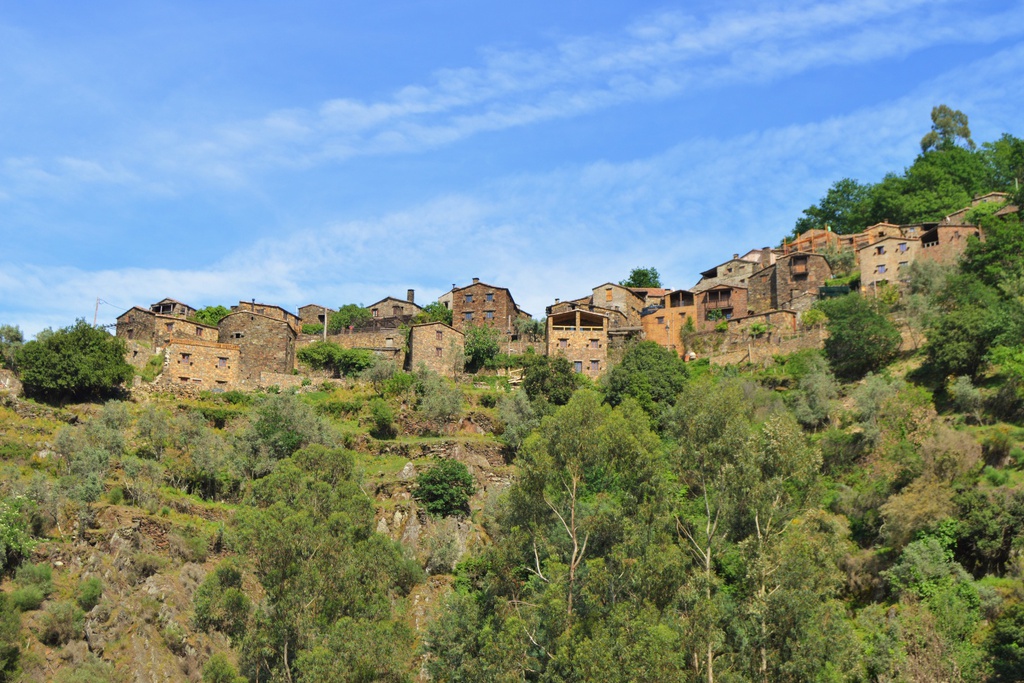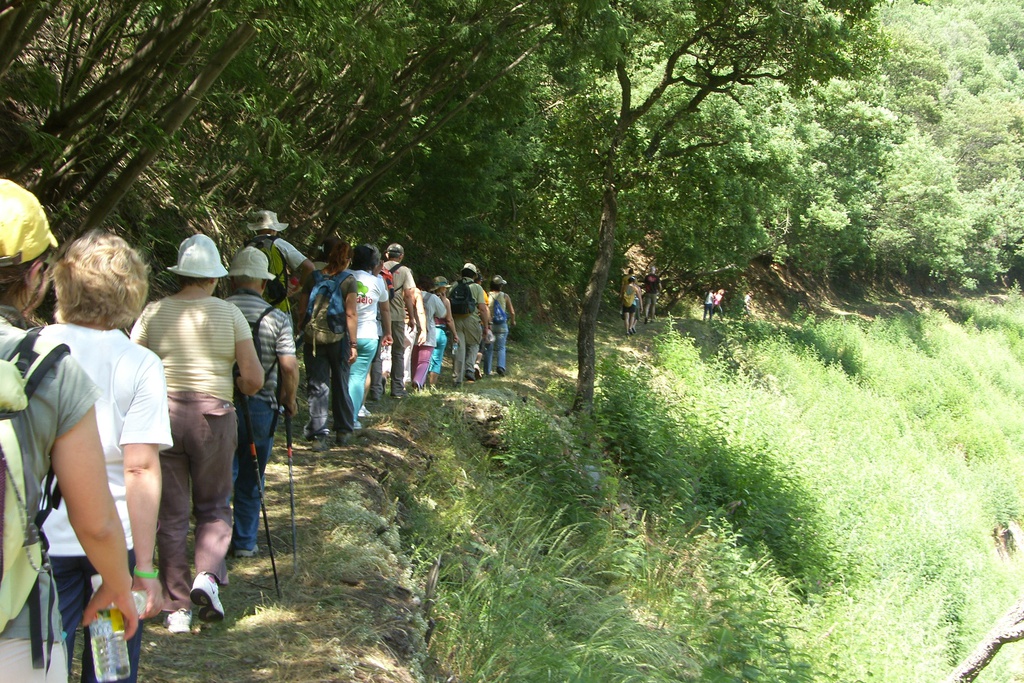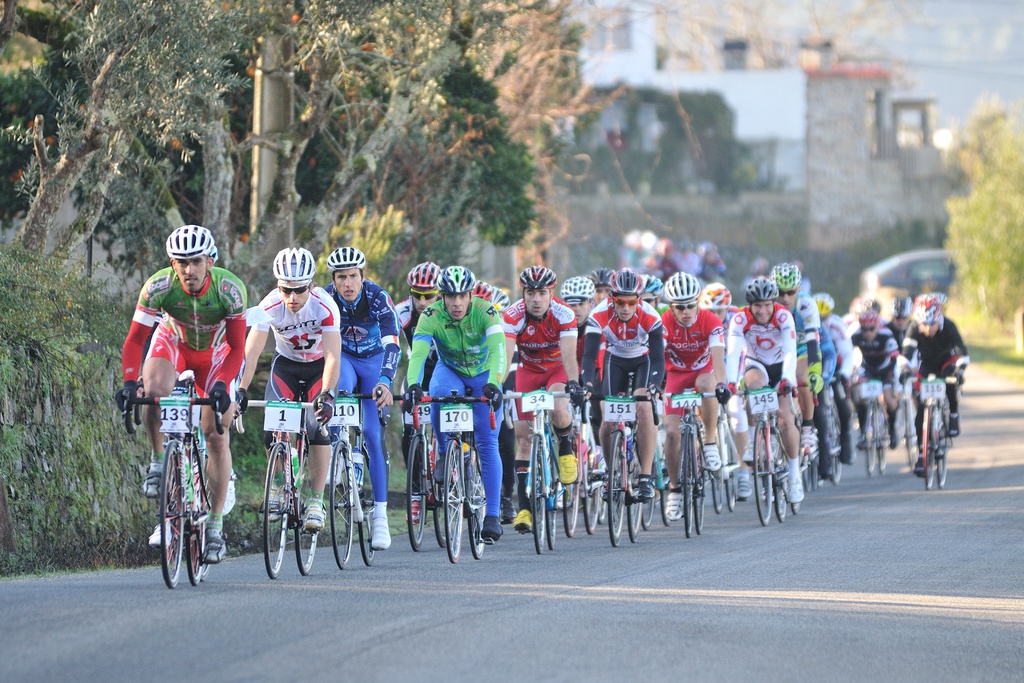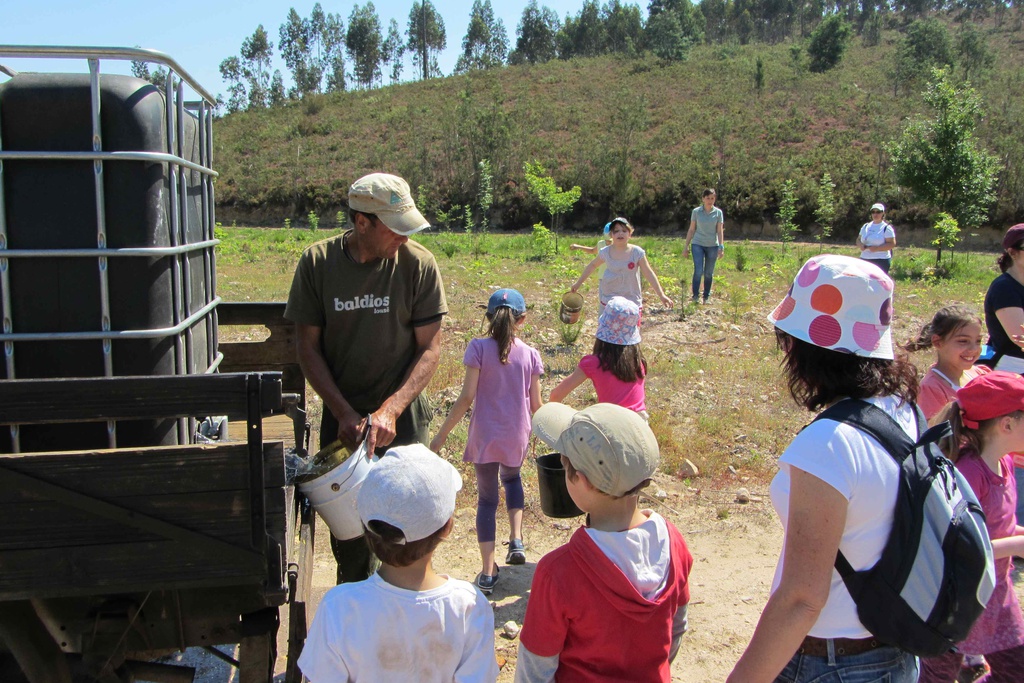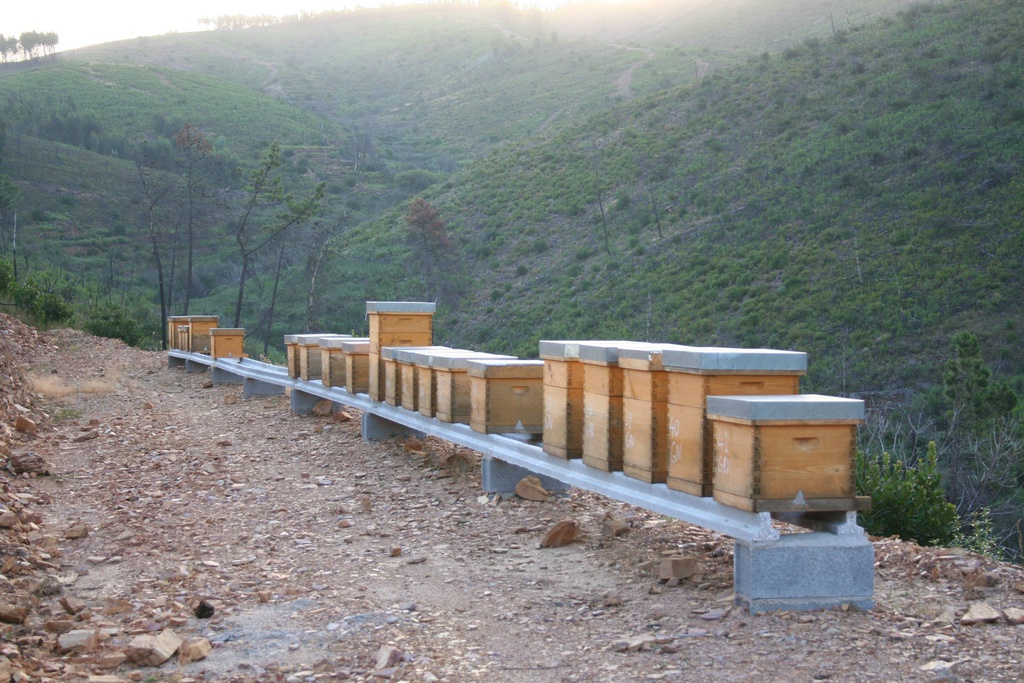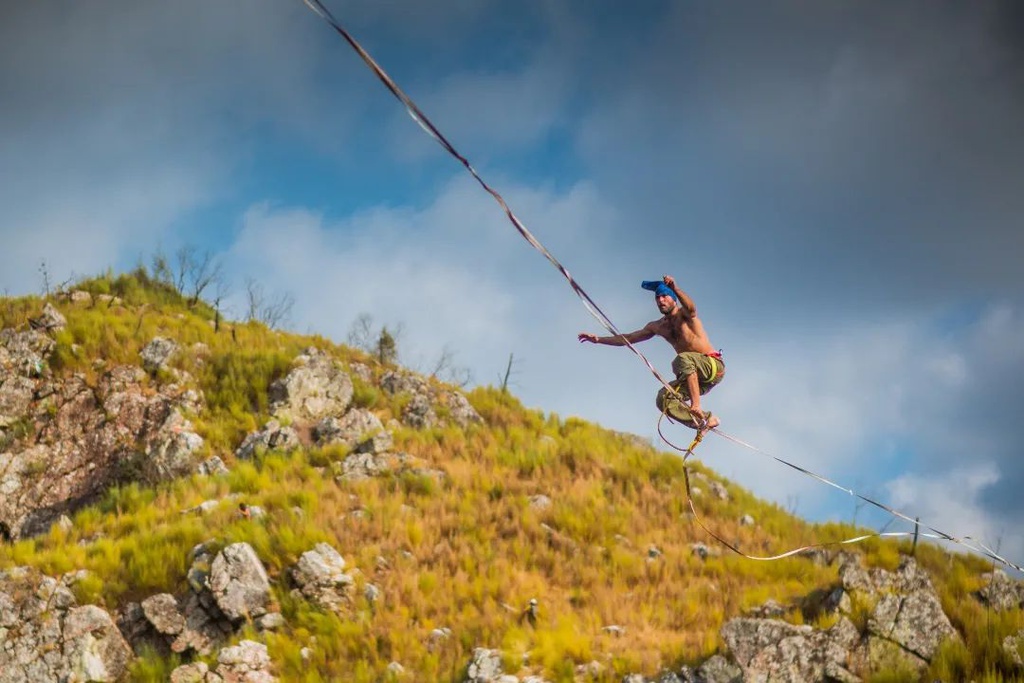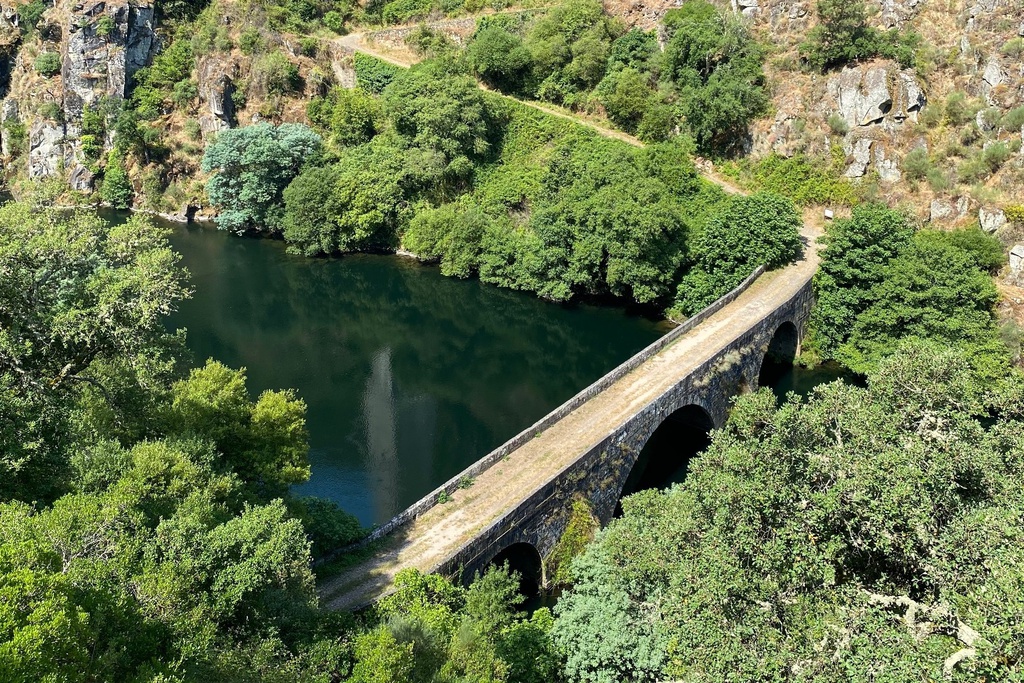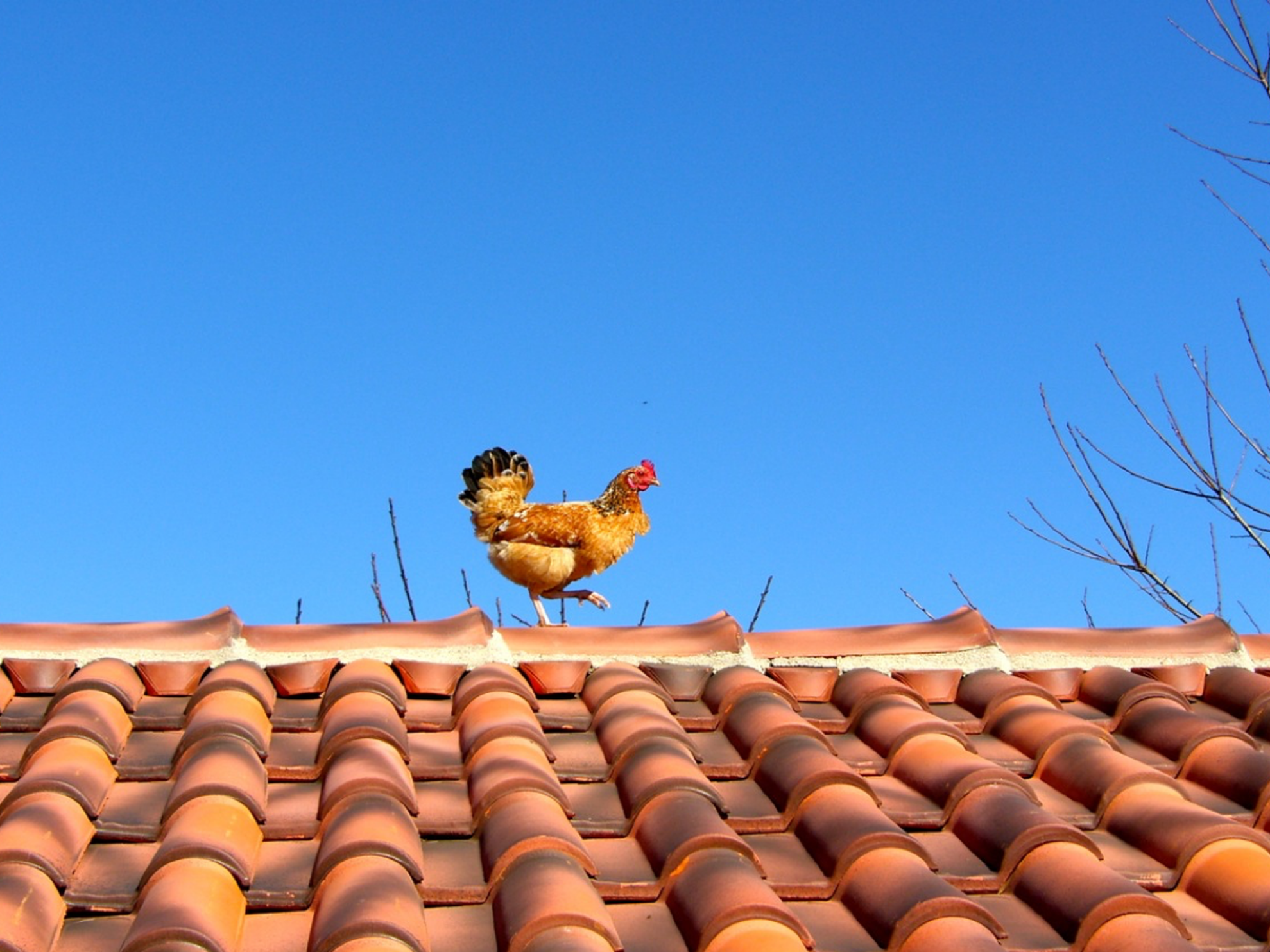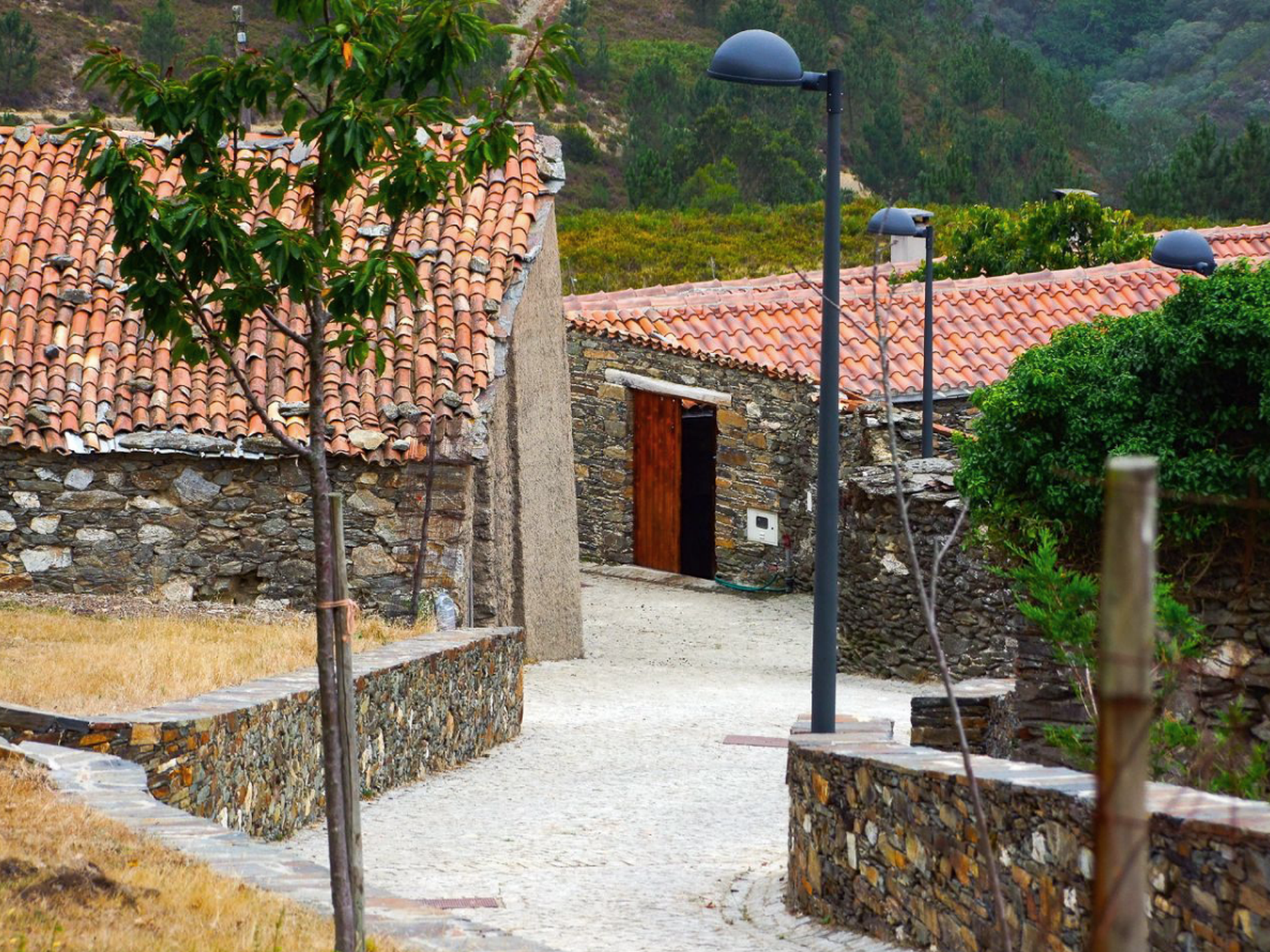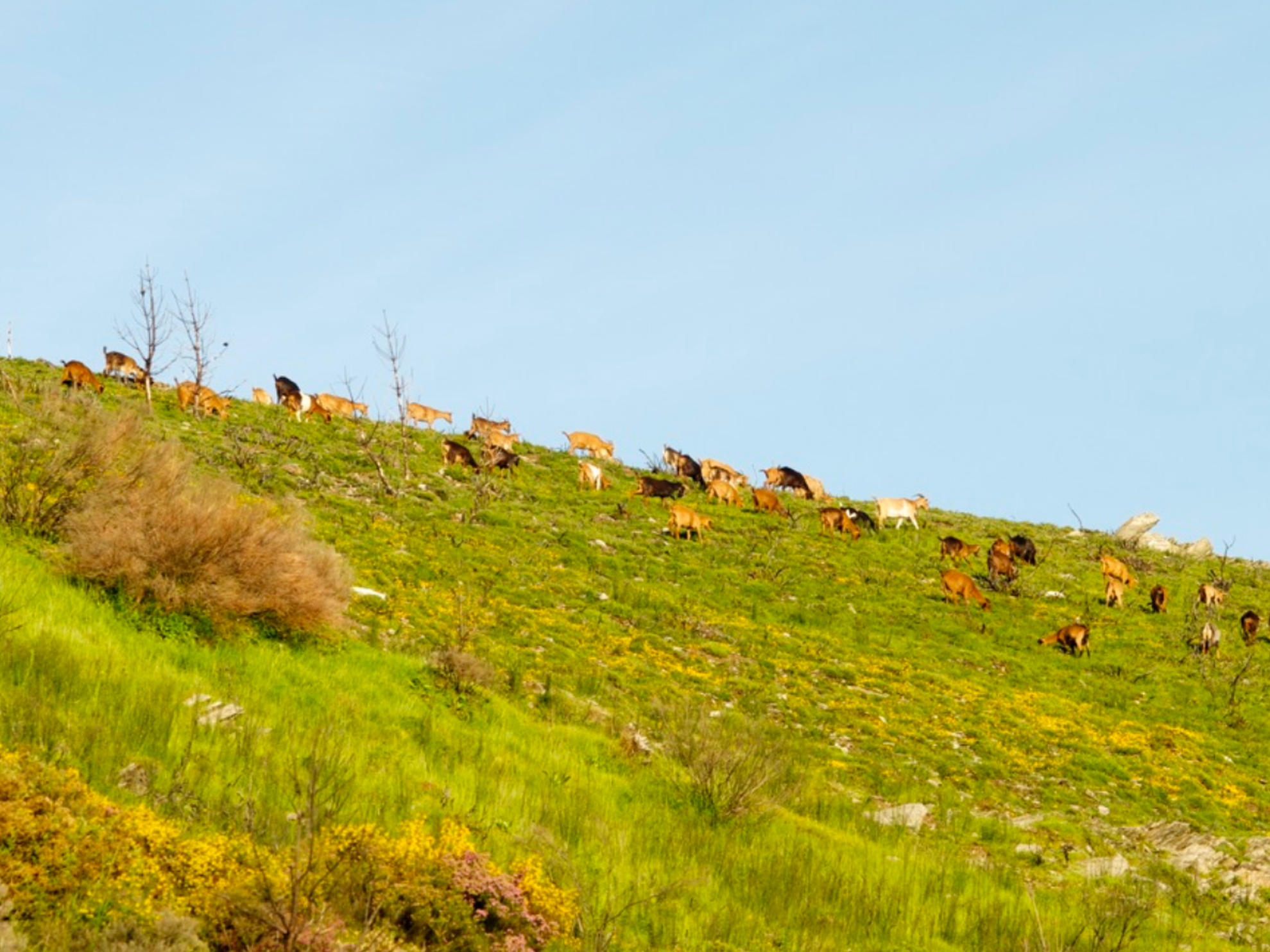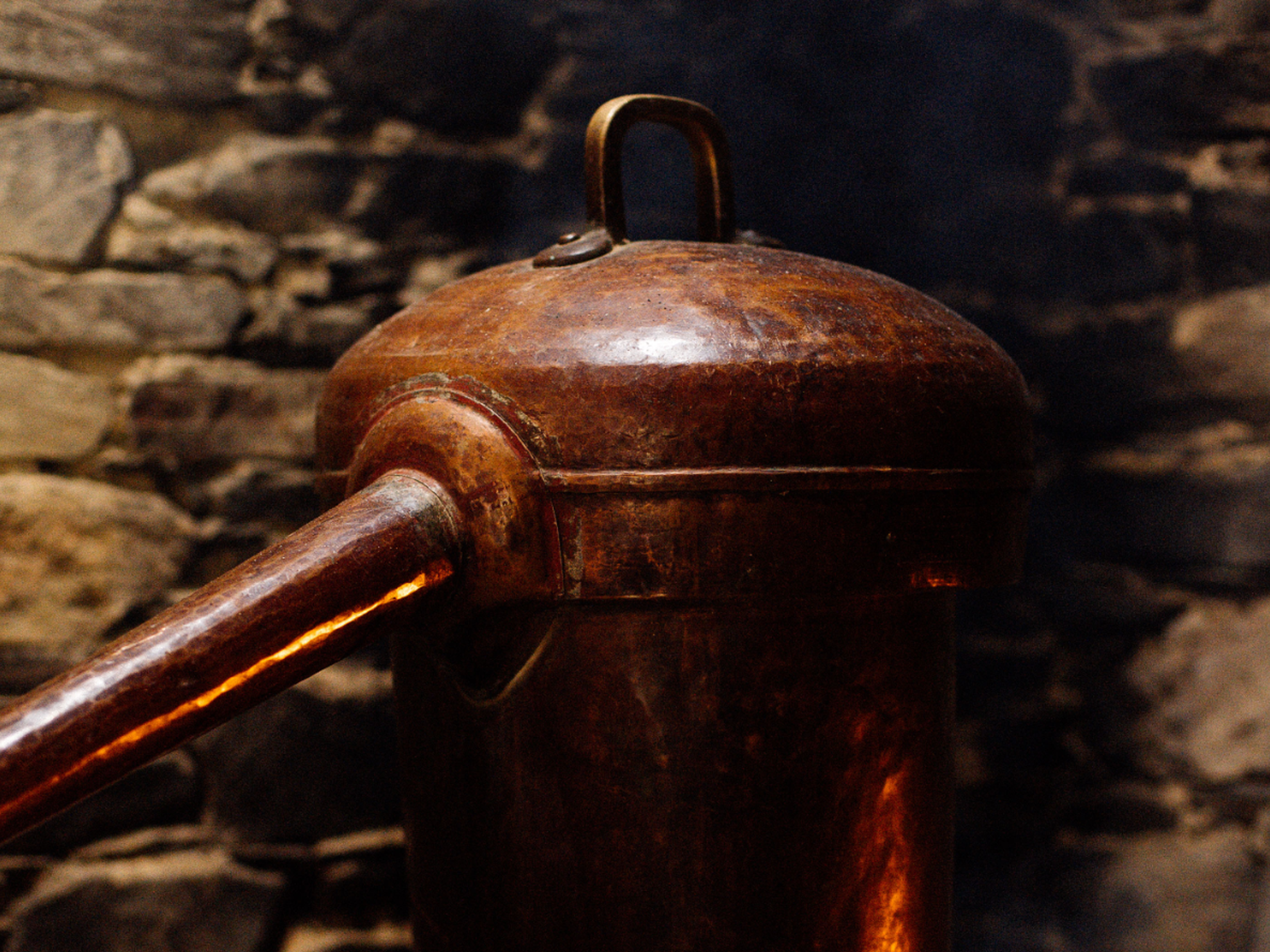Aigra Velha is the highest altitude Schist Village (770 metres), not far from the summits of the Lousã Mountain, but easy to get to. It is a small place, but one with wide horizons. The landscape surrounding the village makes all the difference. Here everything is simple and done following the natural cycle of nature that is all around us.
Located on a mountain ridge, Aigra Velha is surrounded by farmland and spreading pastures. On one side there are views of the Serra da Estrela, and to the east, of the massive Penedos de Góisread in xistopediaFrom here you can see Estrela Mountain, Açor….
The buildings were organised in a defensive arrangement against bad weather, intruders and wild animals such as wolves, allowing communication and circulation between the different buildings, while maintaining each family’s privacy.
Here you can hear old stories about the caravans of traders who travelled the mountains and stopped here for the night. At night there were wolves, prompting the inhabitants to block the village’s only street and to create internal connections between the houses. These schist walls surrounded by green pastures are our shelter before we set off to discover Oitava forest parkread in xistopediaThe Oitava Forest in the Lousã Mountain occupies… and the Ribeira da Pena.






